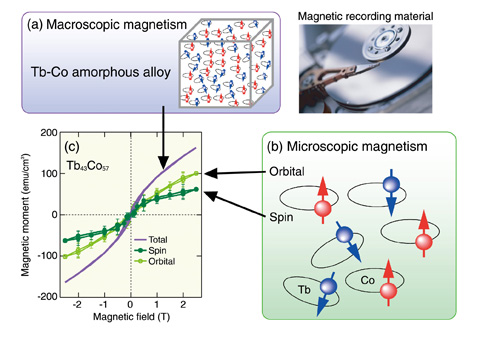
Fig.5-14 Magnetic hysteresis loops measurement
Amorphous rare earth-transition metal alloys are candidate materials for high-density recording media and spin electronic devices. Traditionally, the materials for magnetic devices are developed on the basis macroscopic magnetic property measurements, e.g., using superconducting quantum interference devices (SQUIDs) (Fig.5-14(a)). Because macroscopic properties originate in microscopic properties, such as the magnetic spin and orbital components (Fig.5-14(b)), it is also valuable to investigate the microscopic magnetic properties to design a high-performance magnetic recording material.
While the Compton profile directly corresponds to the double integral of the electron moment in materials, the magnetic Compton profile (MCP) reflects only the net spin magnetic moment of a magnetically active electron. Recently, we developed a method for measuring the spin-specific magnetic hysteresis (SSMH) loop using the magnetic field dependence of the MCP intensity.
The dark green circles in Fig.5-14 (c) show the SSMH loop of a Tb43 Co57 amorphous film measured at the synchrotron radiation facility SPring-8. In addition, we obtained the orbital selective magnetic hysteresis (OSMH) loop for the first time, which is shown as light green circles in Fig.5-14(c), by combining the SSMH with the results for the macroscopic magnetic hysteresis loop. The results show that the SSMH, OSMH, and macroscopic hysteresis loops have different line shapes. The spin component is softer than the orbital component under a magnetic field, indicating that the speed of magnetic switching is different between the spin and orbital components. In addition, it was found that the contribution to the SSMH from Co was different from that from Tb.
This study demonstrates that it might be important to use separately microscopic information, i.e. the magnetic hysteresis of the spin and orbital components, to develop magnetic devices such as spin electronic devices.